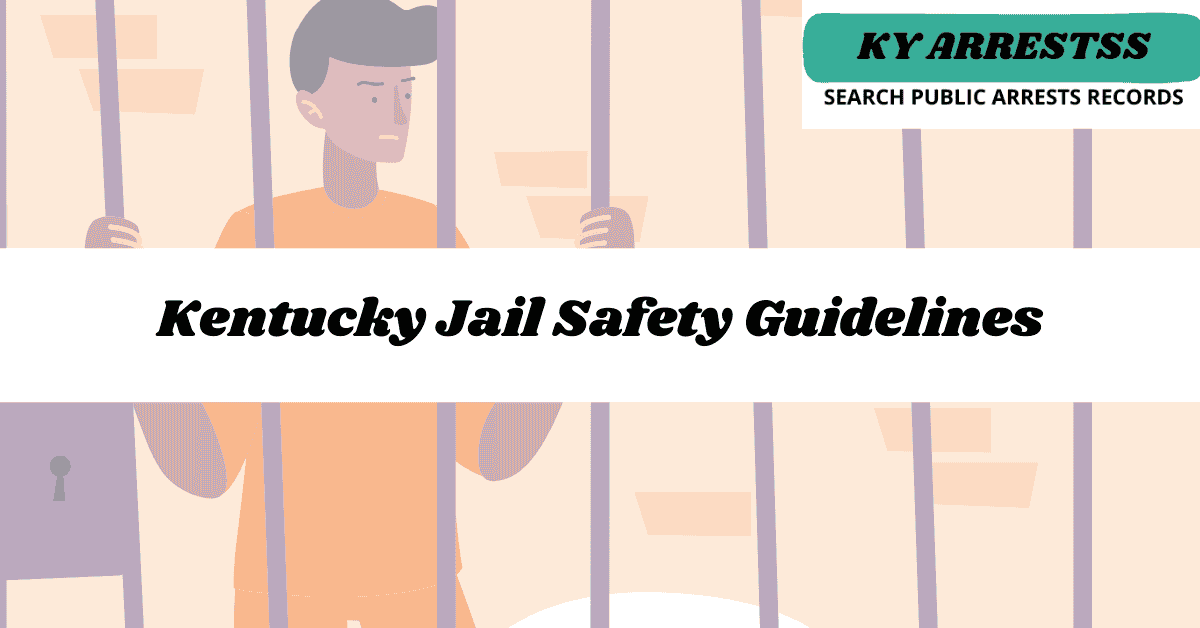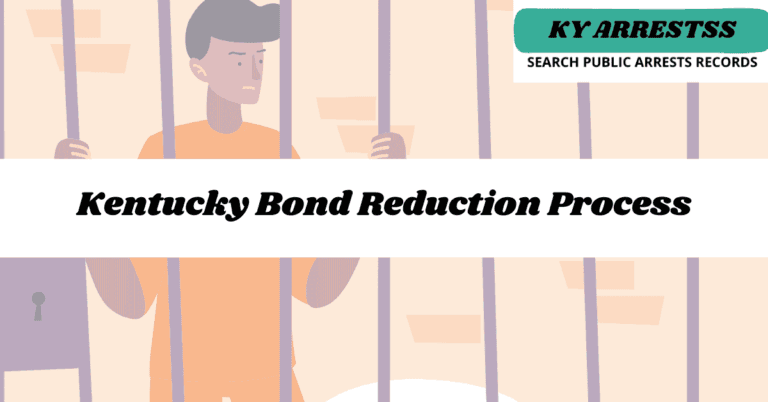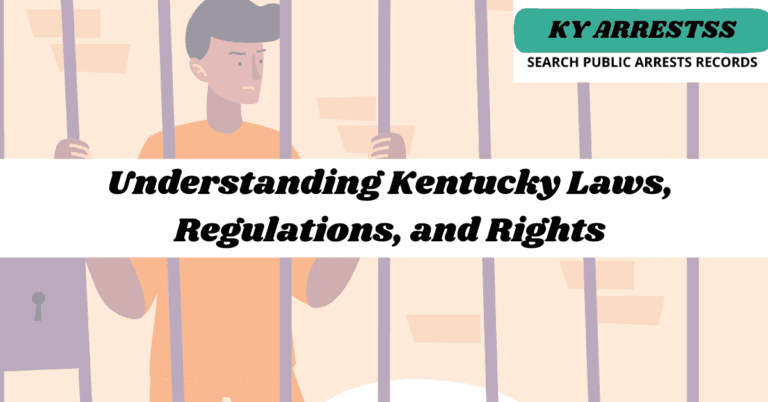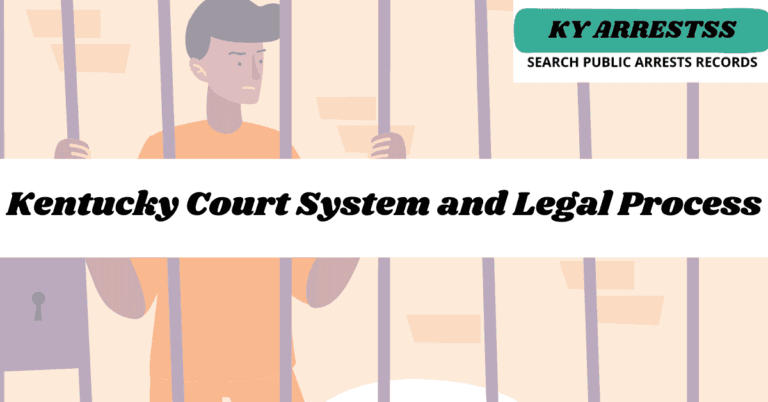Kentucky Jail Safety Guidelines
Jail safety guidelines play a crucial role in ensuring the well-being of both inmates and staff. In Kentucky, like in many other states, these guidelines are continuously evolving to meet the changing needs and challenges of the correctional system. From physical infrastructure to staff training and inmate welfare, a comprehensive approach is essential to maintain a safe and secure environment within correctional facilities.
History of Jail Safety Guidelines
The history of jail safety guidelines in Kentucky reflects a commitment to improving conditions and reducing risks within correctional facilities. Over the years, there has been a significant evolution in safety standards, driven by both state-specific initiatives and national benchmarks set by organizations like the American Correctional Association (ACA).
Legal Framework
A robust legal framework underpins Kentucky’s approach to jail safety. State and federal regulations outline specific requirements for everything from building design to staff training and inmate care. These regulations serve as a foundation for ensuring compliance and accountability within the correctional system.
Physical Infrastructure
The design and layout of correctional facilities play a critical role in ensuring safety and security. In Kentucky, modern jails incorporate advanced security features such as surveillance cameras, access control systems, and secure perimeter fencing. These physical measures are designed to deter escape attempts and unauthorized activities within the facility.
Staff Training and Protocols
Proper training is essential for equipping correctional staff with the skills and knowledge needed to effectively manage inmate populations. In Kentucky, ongoing training programs cover a range of topics, including emergency response procedures, crisis intervention techniques, and conflict resolution strategies. By investing in staff development, Kentucky aims to enhance safety and professionalism within its correctional facilities.
Inmate Health and Welfare
Promoting the health and welfare of inmates is a key component of jail safety guidelines in Kentucky. Medical services are provided to address both physical and mental health needs, with access to qualified healthcare professionals and treatment programs. Additionally, efforts are made to ensure that inmates have access to adequate nutrition, hygiene facilities, and recreational opportunities.
Preventing Violence
Preventing violence within correctional facilities requires a multifaceted approach that addresses underlying factors such as overcrowding, gang activity, and substance abuse. In Kentucky, strategies for violence prevention include comprehensive risk assessment protocols, gang management initiatives, and conflict resolution training for both staff and inmates.
Substance Abuse Programs
Substance abuse is a significant challenge within the correctional system, with many inmates struggling with addiction issues. Kentucky offers rehabilitation programs aimed at addressing substance abuse disorders and reducing the likelihood of recidivism. These programs may include counseling, group therapy, and drug education classes, supplemented by regular drug screening measures.
Technology Integration
Technology plays an increasingly important role in enhancing safety and security within correctional facilities. In Kentucky, surveillance systems and electronic monitoring tools are utilized to monitor inmate behavior, detect security breaches, and gather evidence for investigations. These technological advancements help to improve situational awareness and facilitate timely responses to security threats.
Innovations in Jail Safety
Kentucky is at the forefront of implementing innovative approaches to jail safety. Pilot programs are often launched to test new strategies and technologies, with a focus on evidence-based practices and measurable outcomes. These initiatives aim to improve efficiency, reduce costs, and enhance the overall effectiveness of the correctional system.
Community Engagement
Community engagement is an integral part of Kentucky’s approach to jail safety. Outreach programs are conducted to foster positive relationships between correctional facilities and the communities they serve. Collaboration with local agencies, nonprofits, and faith-based organizations helps to support successful reentry efforts and reduce recidivism rates.
Challenges and Solutions
Despite progress, Kentucky faces ongoing challenges in maintaining jail safety. Budget constraints, staffing shortages, and overcrowding issues can strain resources and impact the effectiveness of safety initiatives. However, by prioritizing strategic investments and implementing evidence-based solutions, Kentucky continues to work towards overcoming these challenges.
Case Studies
Several case studies highlight the successful implementation of jail safety guidelines in Kentucky. From innovative pilot programs to community-based initiatives, these examples demonstrate the positive impact of proactive measures in improving safety outcomes and enhancing the overall well-being of inmates and staff.
FAQs
What are the safety guidelines followed in Kentucky Jails?
In Kentucky Jails, safety is of utmost importance. To ensure the well-being and security of both inmates and staff, several guidelines are followed. These include regular security checks, implementation of strict visitation policies, and constant monitoring of inmate activities.
How are security checks conducted in Kentucky Jails?
Security checks in Kentucky Jails are conducted regularly and rigorously. These checks involve searching inmates for contraband, such as weapons or illegal substances. Additionally, the jails employ advanced technology, such as metal detectors and body scanners, to enhance the effectiveness of the security checks.
What are the visitation policies in Kentucky Jails?
Kentucky Jails have strict visitation policies to ensure the safety and security of both inmates and visitors. Visitors must undergo a thorough screening process before being allowed to visit an inmate. This includes presenting valid identification, submitting to a background check, and following specific visitation hours and rules.
How are inmate activities monitored in Kentucky Jails?
Inmate activities in Kentucky Jails are closely monitored to maintain a safe and secure environment. Surveillance cameras are strategically placed throughout the facility to capture any unusual or suspicious behavior. Additionally, correctional officers conduct regular patrols and maintain constant supervision to prevent any potential security breaches.
How are emergencies handled in Kentucky Jails?
In case of emergencies, Kentucky Jails have protocols in place to ensure a swift and effective response. Correctional officers are trained in emergency procedures, including first aid and evacuation techniques. The jails also maintain communication systems to promptly alert the necessary authorities and coordinate any necessary emergency services.
Conclusion
Kentucky’s commitment to jail safety is evident through its comprehensive approach to addressing the diverse needs and challenges of the correctional system. By prioritizing physical infrastructure, staff training, inmate welfare, and community engagement, Kentucky continues to strive towards creating safe and secure environments within its correctional facilities. As new challenges emerge and technologies evolve, Kentucky remains dedicated to ongoing improvement and innovation in the pursuit of a safer and more effective correctional system







